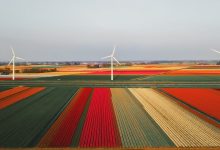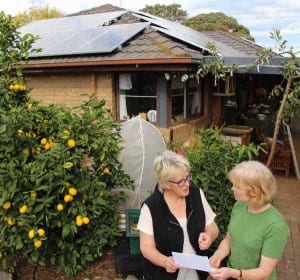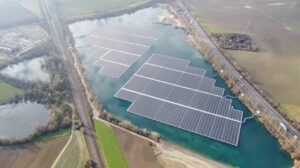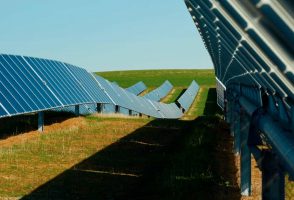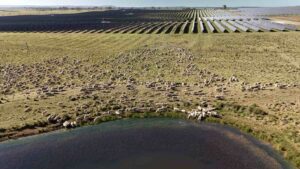New projections from Bloomberg New Energy Finance show that significant cost cuts to wind, solar, and battery storage, will help push the share of renewables in the global grid to nearly 50 per cent by 2050.
Further, Bloomberg New Energy Finance (BNEF) believes that renewable energy technologies, at least through to 2030, will ensure that the power sector contributes its share to keeping global temperatures from rising more than 2°C.
With electricity demand expected to increase by 62 per cent between now and 2050, resulting in global generating capacity almost tripling between 2018 and 2050, BNEF expects the solar, wind, and battery storage sectors will attract a cumulative $10 trillion in new investment.
The new projections stem from BNEF’s New Energy Outlook 2019 (NEO 2019) report, published this week, which compares the cost of competing energy technologies through a levelized cost of energy analysis.
“Our power system analysis reinforces a key message from previous New Energy Outlooks – that solar photovoltaic modules, wind turbines and lithium-ion batteries are set to continue on aggressive cost reduction curves, of 28%, 14% and 18% respectively for every doubling in global installed capacity,” explained Matthias Kimmel, NEO 2019 lead analyst.
“By 2030, the energy generated or stored and dispatched by these three technologies will undercut electricity generated by existing coal and gas plants almost everywhere.”
Specifically, according to BNEF’s NEO 2019, coal’s role in the global power mix will fall from providing 37 per cent of the globe’s electricity to only 12 per cent by 2050.
Further, BNEF expects oil’s role as a power-generating source to be almost non-existent, while conversely, wind and solar will grow from providing a cumulative 7 per cent today to 48 per cent by 2050.
Already, however, Bloomberg NEF finds that, in approximately two-thirds of the world, wind and solar are now the least expensive new generation options.
“The days when direct supports such as feed-in tariffs are needed are coming to an end,” said Elena Giannakopoulou, head of energy economics at BNEF.
“Still, to achieve this level of transition and de-carbonisation, other policy changes will be required – namely, the reforming of power markets to ensure wind, solar, and batteries are remunerated properly for their contributions to the grid. NEO is fundamentally policy-agnostic, but it does assume that markets operate rationally and fairly to allow lowest-cost providers to win.”
Bloomberg expects Europe will decarbonise its grid faster than other regions and will reach 2050 with 92 per cent of its electricity being supplied by renewable energy sources.
The United States and China – the former reliant on low-priced natural gas and the latter reliant on its fleet of new coal-fired power stations – will follow towards decarbonisation at a slower rate.
That being said, Bloomberg NEF also believes China’s power sector emissions will peak in 2026 before falling by more than half over the following 20.
As already mentioned, NEO 2019 expects the build-out of solar, wind, and battery storage will ensure the world’s power sector remains compatible with the objectives of the Paris Agreement of ensuring global temperatures rise no more than 2°C, however this is only considered a certainty through to 2030. Bloomberg believes “a lot more will need to be done beyond that date to keep the world on that 2 degree path.”
“Our analysis suggests that governments need to do two separate things – one is to ensure their markets are friendly to the expansion of low-cost wind, solar and batteries; and the other is to back research and early deployment of these other technologies so that they can be harnessed at scale from the 2030s onwards,” concluded BNEF’s NEO director, Seb Henbest.

